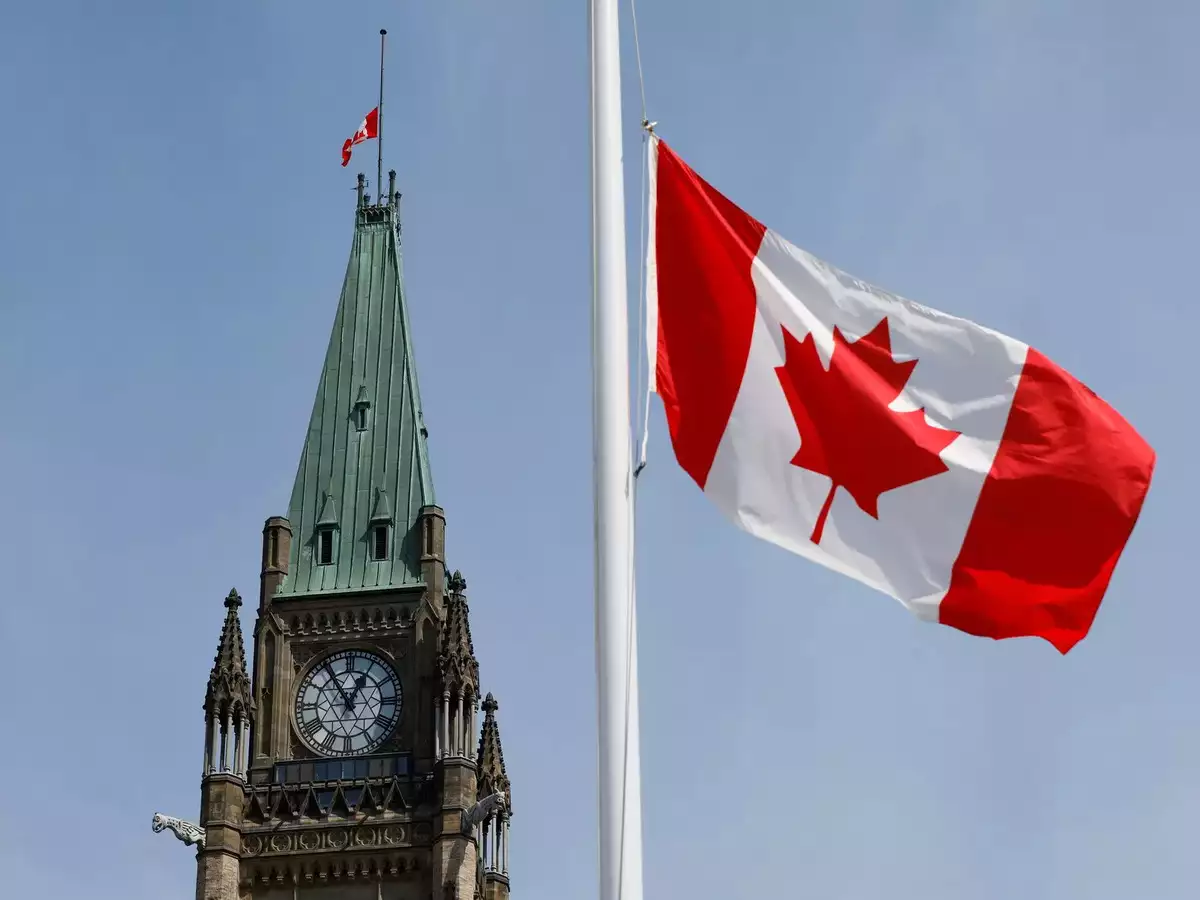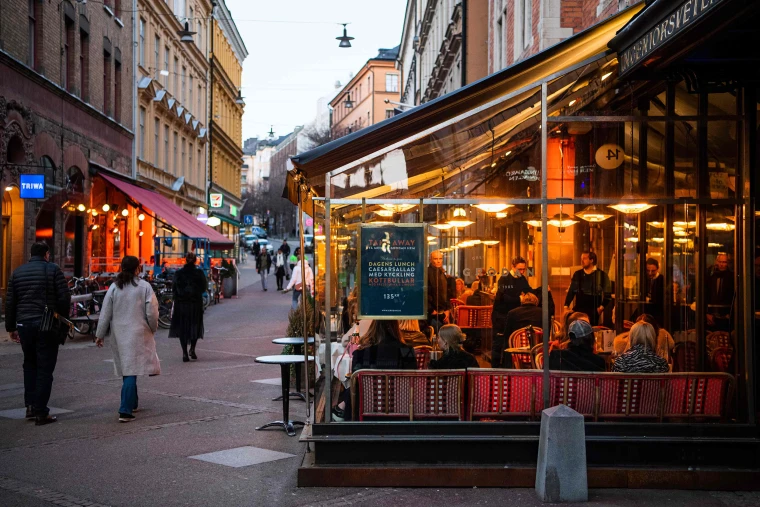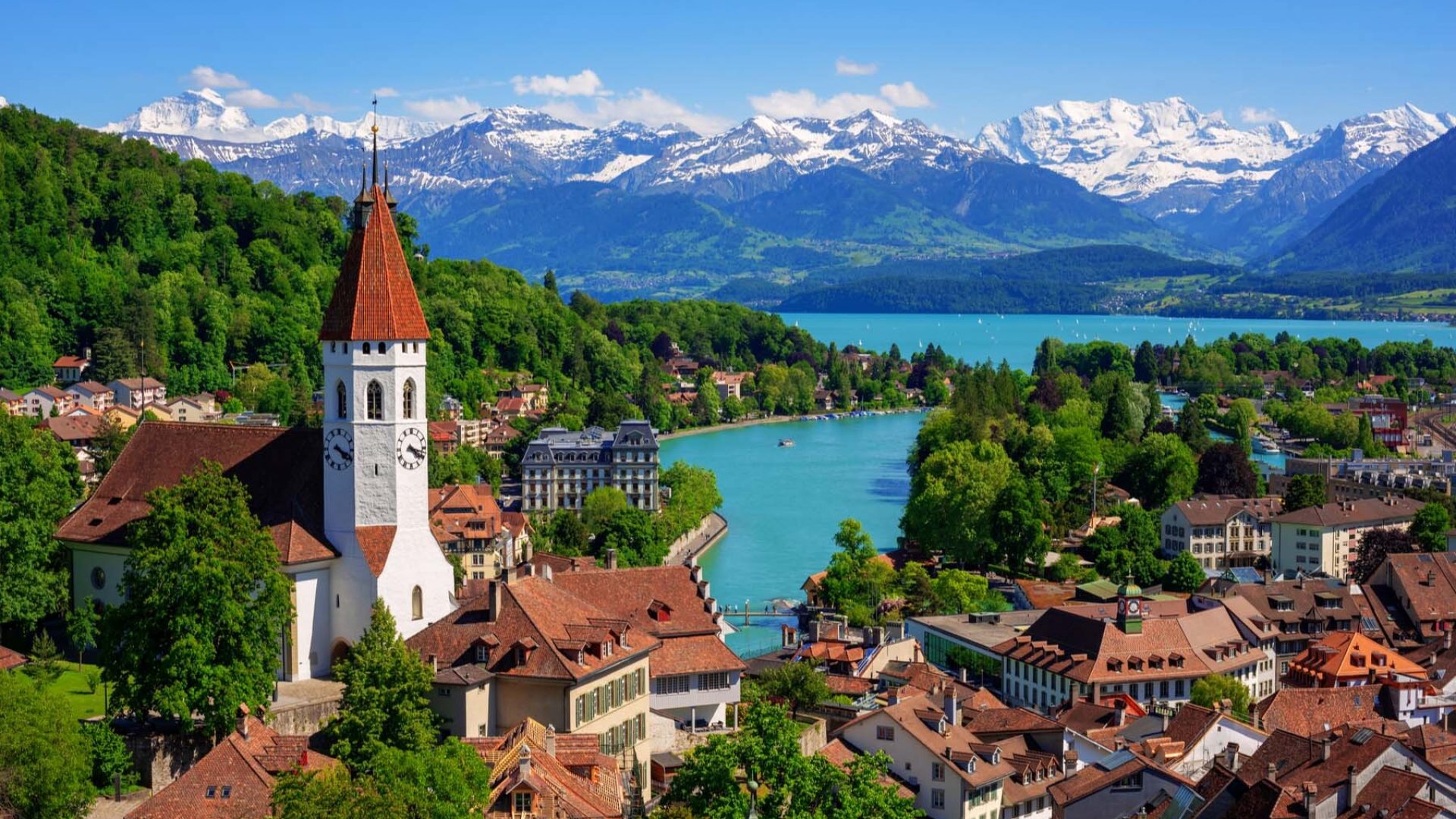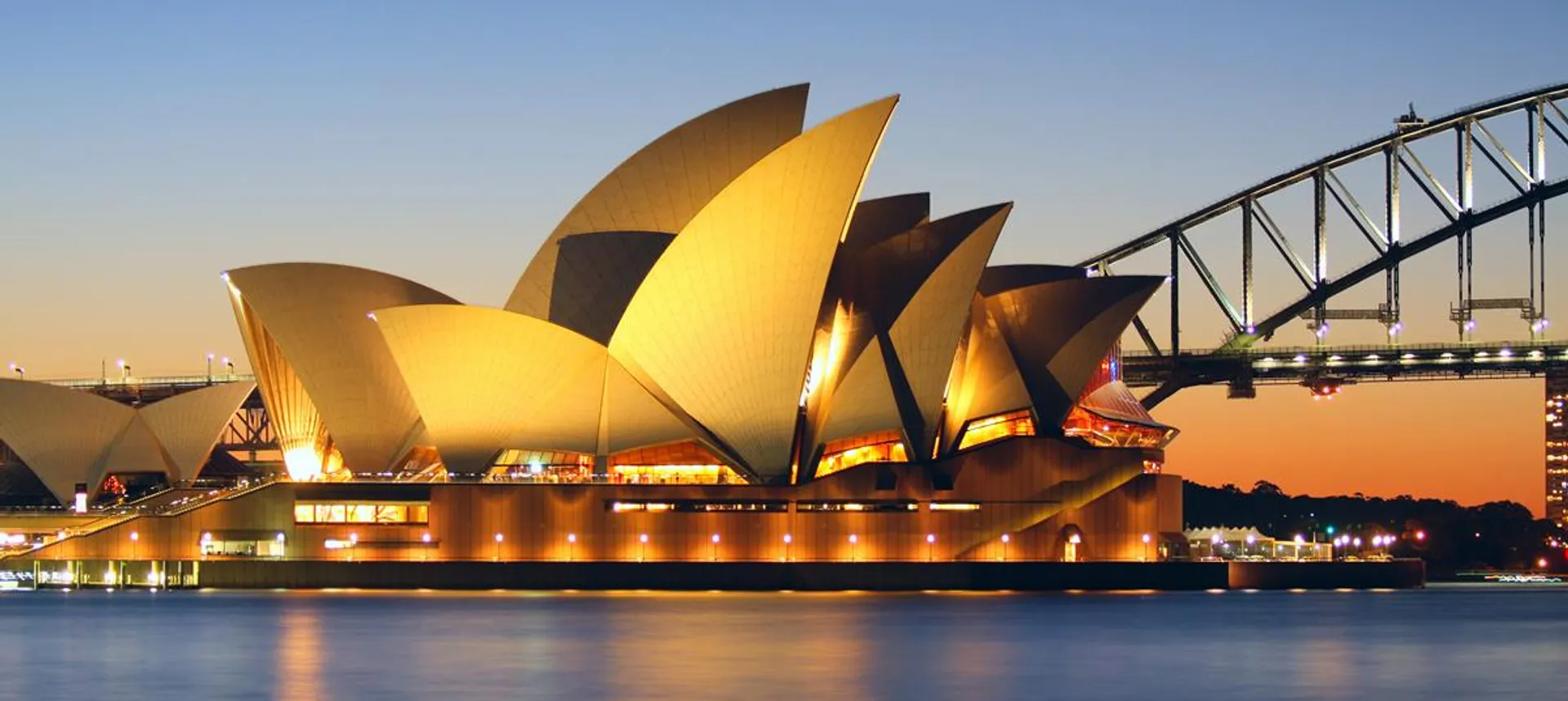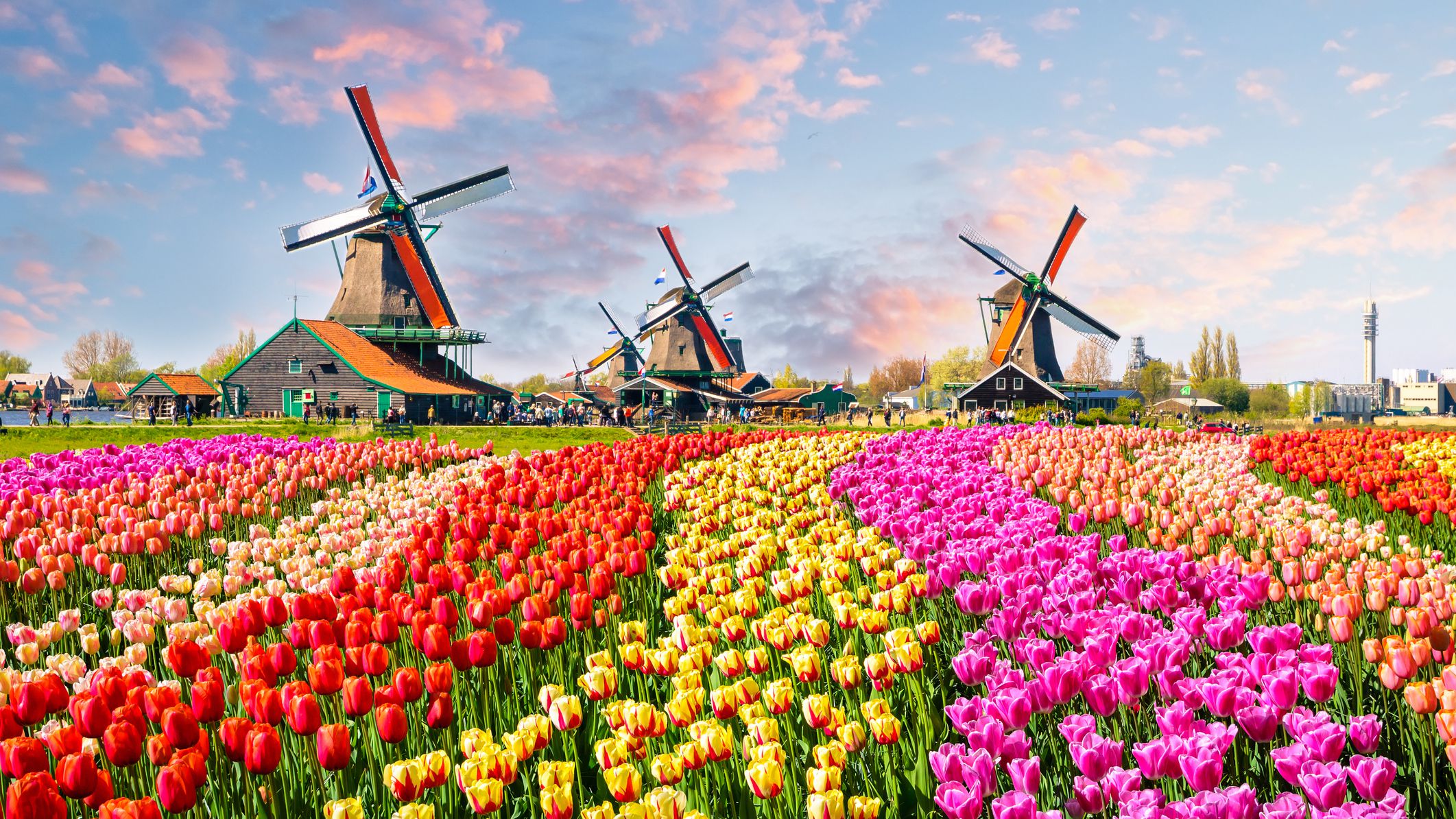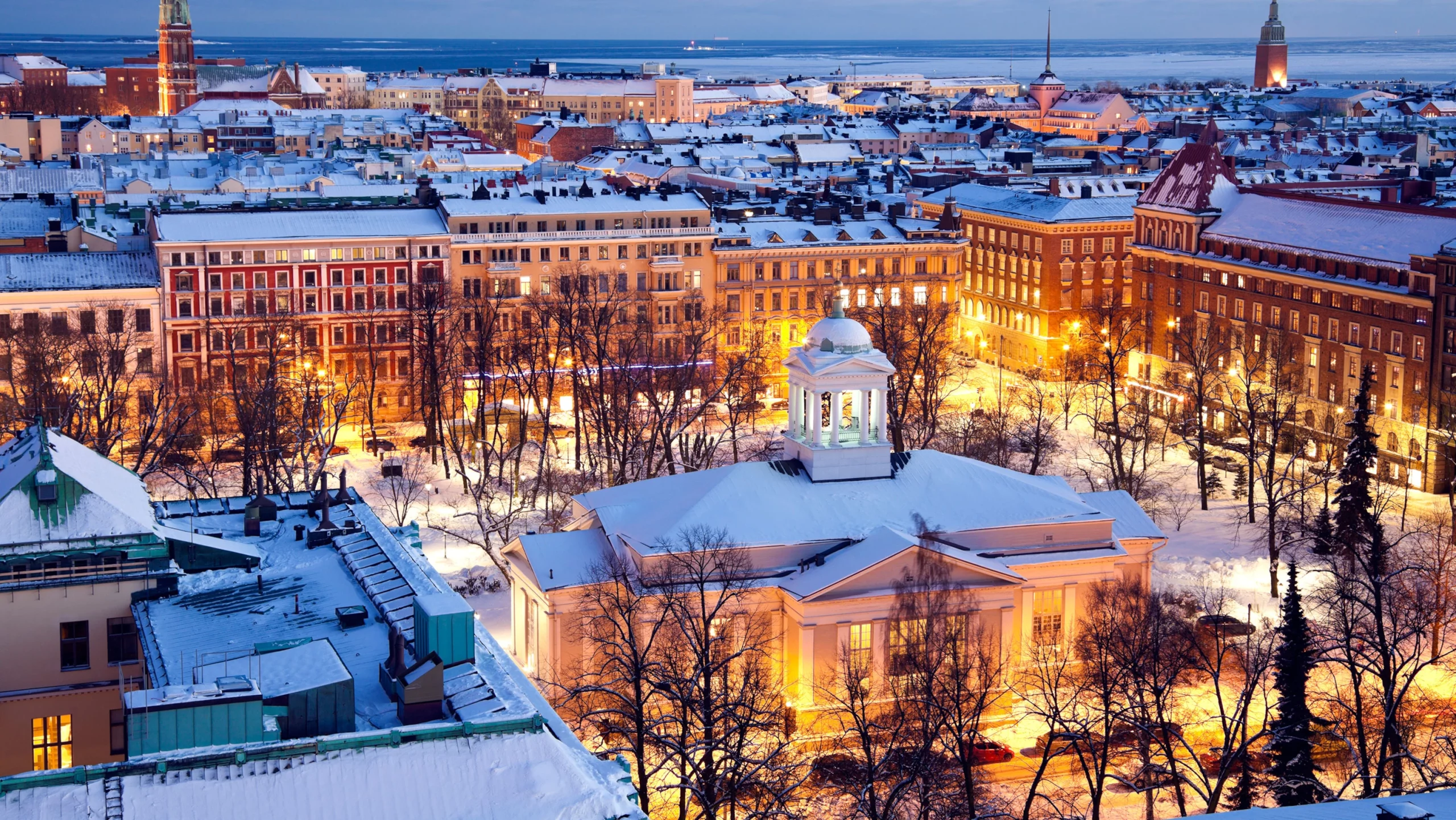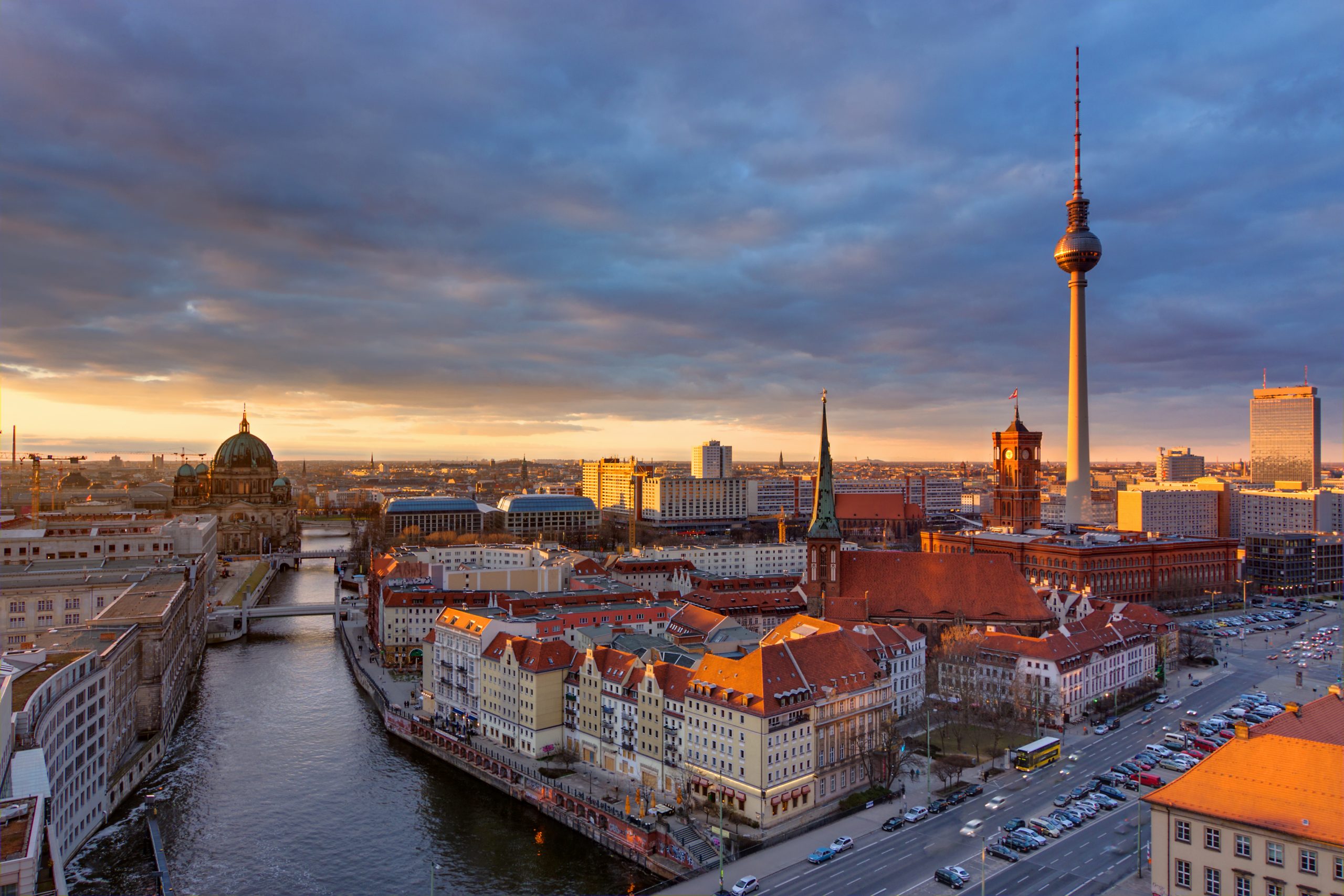Any nation’s wealth and success are defined by the policies created by the lawmakers, the people driving it along with a few other factors. No country is decoupled in today’s globalized economy and a country’s presence is now beyond its physical borders.
The World’s Best Countries to Live report has covered perceptions of 78 countries all over the world.
Best Countries in the World based on Quality of Life
Quality of life in any country is beyond the basic ideas of Healthcare, Education, Employment, access to food, and affordable housing and also includes several intangible things like job security, political stability, individual freedom, and environmental quality.
The below list of best countries is compiled by the usnews.com portal based on the quality of life index. The sub-ranking of the index is based on the equivalent weighted average of scores of the below-mentioned parameters pertaining to the quality of life in a nation.
- A robust job market
- Affordable living
- Economically stable
- Family-friendly
- Income equality
- Politically stable environment
- Safety of citizens
- A well-developed public education system
- A well-developed public health system
We will cover in detail the world’s best countries to live in along with their Quality of Life score, GDP, and GDP per capita in terms of PPP. Keep scrolling!
1. Canada – 100
GDP Per Capita, PPP – $50,661
GDP – $1.74 trillion
Canada is the world’s second-largest country after Russia. The country is very sparsely populated, with the majority of its citizens residing within 125 miles of its border with the United States.
UK Monarch is head of Canada which is technically a constitutional monarchy. The democratic system followed by the Canadian government is similar to the British style of parliamentary democracy.
The standard of living in Canada is very high and it has a high-tech industrial society. The US is Canada’s largest trading partner. The engine of Canada’s economy is its service sector and it is a major exporter of energy, food, and minerals worldwide.
Canada, a member of the United Nations, has one of the world’s largest proven oil reserves and it is the fourth-largest oil producer in the world.
2. Denmark – 97.4
GDP Per Capita, PPP – $59,897
GDP – $348 billion
The capital city of Denmark, Copenhagen serves as a hub connecting Europe’s Northern region with other countries. Copenhagen has the largest international airport in the Scandinavian region and also a busy port.
Denmark has functioned under a constitutional monarchy since 1849. Queen Margrethe II is the current ceremonial head of state. The Danish government is perceived to be very stable and transparent.
Higher Education in Denmark is free and it has a Universal health care system that guarantees mostly free medical care to its citizens. Denmark has many industries like food processing, tourism, and metals.
3. Sweden – 93.7
GDP Per Capita, PPP – $55,338
GDP – $534 billion
Sweden’s way of functioning is similar to other Nordic nations, it spends a huge amount of money on public service. It has advanced infrastructure and a world-class transportation network. Education and Health care are free for all its citizens.
Swedish natives proudly claim to have one of the longest life expectancies in the world. They are very generous as well. Every year, approximately 1 percent of the gross national product (GNP) is donated to humanitarian aid programs.
In 1995, Sweden officially joined the European Union however it refused to convert to the eurozone currency in 2003 after the conclusion of public voting.
4. Norway – 92
GDP Per Capita, PPP – $68,345
GDP – $406 billion
More than a century ago, Norway gained independence from Sweden in 1905 through a referendum. It is a high-income nation with a per capita GDP of $68,345.
Norway is one of the world’s leading exporters of petroleum products. The prime minister, the head of government, is appointed by the monarch with the approval of the legislature.
5. Switzerland – 89.9
GDP Per Capita, PPP – $73,144
GDP – $732 billion
Switzerland is one of the world’s wealthiest countries known for its low tax rate for corporates, secretive banking sector, and tourism. The unemployment rate in Switzerland is very low and it has one of the highest gross domestic products per capita in the world.
Zurich is Switzerland’s largest city. Switzerland boasts of its diversity with four languages (German, French, Italian, and Romansh) enjoying national status.
6. Australia – 89.5
GDP Per Capita, PPP – $52,031
GDP – $1.39 trillion
Even though British Monarch is still the ceremonial head of state, Australia ended constitutional ties with the United Kingdom in 1986.
Australia is considered a wealthy nation with a high gross domestic product and per capita income. The service sector and export of commodities fuel the Aussie economy. Australia has a very high rate of participation in sporting activities.
7. Netherlands – 88.3
GDP Per Capita, PPP – $59,675
GDP – $910 billion
The Netherlands is considered to be a very tolerant society and it became the first country to legalize same-sex marriage in 2001. One can find several museums in the Netherlands.
The country, famous for its tulips, functions under a constitutional monarchy with an elected parliament. The Netherlands has an open-market policy and is one of the prime transportation locations in Europe.
8. Finland – 85
GDP Per Capita, PPP – $51,521
GDP – $269 billion
Finland has two official languages – Finnish and Swedish. Between 1200 to 2000 it was ruled by Sweden and Russia alternatively. Finland grandly celebrated its centennial independence in 2017. Approximately 33% of Finland’s GDP comes from international trade.
Finland ranks high in matters related to civil rights, press freedom, and quality of life. It is one of the first countries to allow the right to vote to women and the first country to legalize universal suffrage.
9. Germany – 84.9
GDP Per Capita, PPP – $56,285
GDP – $3.89 trillion
Germany is one of the world’s biggest economies and also the most populous country in the European Union. Germany was divided after the two world wars and it was reunified after the collapse of the East German communist state in 1990.
Germany is one of the world’s leading importers and exporters and it has a very high skilled workforce. The majority of its citizens are ethnic German while Turks and other Europeans represent the minority populations.
10. New Zealand – 84
GDP Per Capita, PPP – $45,073
GDP – $213 billion
New Zealand has independent parliamentary democracy headed by an elected prime minister even though the British monarch still remains head of state. The majority of New Zealand’s citizens reside on the north island. New Zealand is known for its beautiful nature, impressive mountains, and pristine beaches.
It exports dairy, sheep, beef, poultry, fruit, vegetables, and wine. New Zealand has one of the highest education expenses as a percent of gross domestic product (GDP).
Stay in touch for more informative stuff like this!

